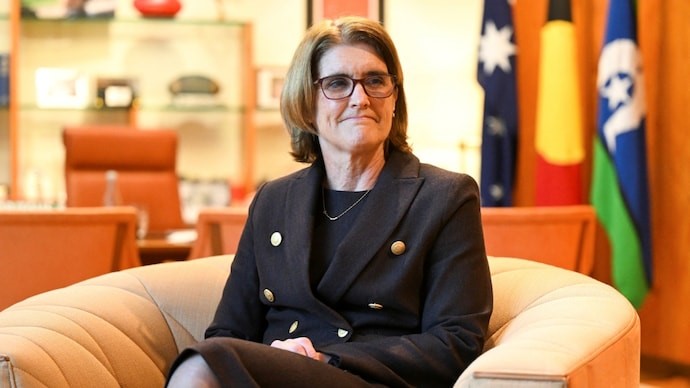Australia appoints the first female head of the RBA, breaking new ground

Michele Bullock will become the first woman to lead Australia’s central bank since its establishment in 1960. She will succeed Philip Lowe as governor of the Reserve Bank of Australia (RBA) at the end of his seven-year term. Bullock’s appointment comes at a time when the country is grappling with rising prices and the RBA is undergoing significant changes, including raising interest rates to combat inflation.
The financial services industry in Australia is predominantly male-dominated and has one of the country’s widest gender pay gaps. Currently serving as the RBA’s deputy governor, Bullock will commence her seven-year term as governor on September 18. She acknowledged the challenges ahead but expressed confidence in the support of a strong executive team and boards, emphasising her commitment to fulfilling the RBA’s objectives for the benefit of the Australian people.
Bullock, who joined the central bank almost 40 years ago as an analyst, is considered an RBA insider. She has held various senior management positions, including assistant governor and head of the payments policy department, before being appointed deputy governor in April 2022. Prime Minister Anthony Albanese praised Bullock as an outstanding economist with a distinguished career at the central bank.
The RBA faces pressure to address inflation, which is straining household budgets. The central bank has increased interest rates 12 times since May of the previous year, reaching an 11-year high of 4.1%. The rate hikes have received mixed reactions from economists. The intention behind raising interest rates is to make borrowing more expensive and discourage excessive spending, which can help reduce inflation.
Earlier this year, the Australian government conducted the first external review of the RBA in 40 years, resulting in 51 recommendations. These include calls for a clearer monetary policy framework and enhanced accountability for the central bank. The gender pay gap within Australia’s financial services industry remains one of the highest in the country, with a 28.6% difference in remuneration between males and females last year, surpassing the national gender pay gap of 22.8%, as reported by the Workplace Gender Equality Agency.
